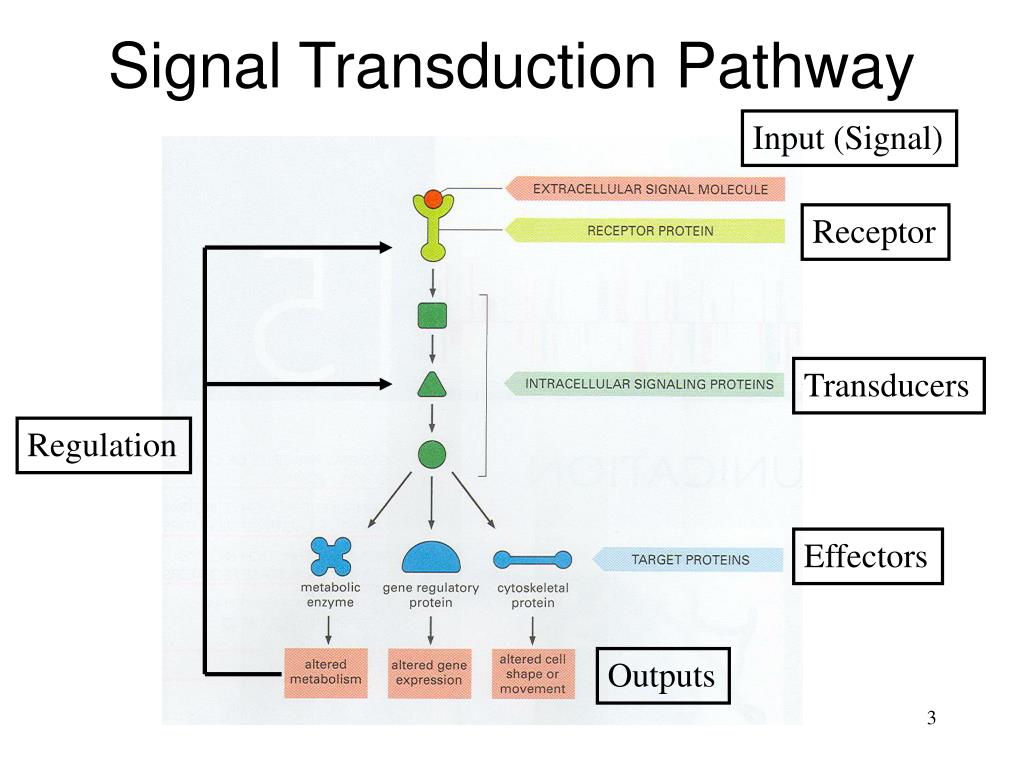

Therefore, epithelial cell injury is the common manifestation of lung injury, and apoptosis contributes to such injury of epithelial cells. DNA damage and apoptosis in lung epithelial cells have been reported in acute lung injury ( 3), diffuse alveolar damage ( 4), and idiopathic pulmonary fibrosis (IPF) ( 5). An intratracheal injection of agonistic anti-Fas antibody into adult mice causes epithelial cell apo-ptosis and lung inflammation, which subsequently leads to pulmonary fibrosis ( 2). Second, excessive apoptosis may cause disease. Repair after an acute lung injury requires the elimination of proliferating mesenchymal and inflammatory cells from the alveolar air space or alveolar wall ( 1). First, failure to clear unwanted cells by apoptosis will prolong the inflammation because of the release of their toxic contents. Apoptosis may also play important roles in lung diseases in two different ways. Dysregulation of apoptosis may be involved in human diseases such as cancer, AIDS, degenerative and autoimmune diseases, and infectious diseases. The same admission criteria apply to this course as for the respective afore mentioned programs.Apoptosis has been implicated as a physiologic cell death program critical for homeostasis. This course is mandatory for and restricted to students who do the Minor ‘Computational approach to Disease Signaling and Drug Targets’ (CADSDT the entire Minor or only Part 2) or the Elective Module DSDT. The assignment will account for 25% and written exam for 75%. Students will be graded individually for the assignment presentation/report and for the written exam. Assessment methodĪ presentation and report on the assignment as well as a general written exam. Students will work in groups on an assignment, where they will implicate a signal transduction pathway and related therapeutic applications in different disease topics. Literature-based work group discussions will provide direct interaction between students and staff. Most of the lectures will be offered in the morning. The course will use a combination of lectures, discussions of assigned literature. Literature will be provided during the course. To understand how the host immune system modulates disease progression. To understand which elements in the various signaling pathways represent candidate drug targets for treatment of cancer and atherosclerosis. To gain insight in the role of the various signaling pathways in development and progression of cancer and atherosclerosis. To gain knowledge on the functioning and regulation of kinases, phosphatases, adhesion receptors, G-protein coupled receptors, nuclear hormone receptors, cytokine and their receptors. To understand the overall concept that alterations in cell signaling pathways are involved in disease development and progression. To gain insight in the basic concepts of cellular signal transduction The aim of the CST course is to provide a strong basis for the understanding of cellular signal transduction, its role in disease, and its application in drug development. We will further illustrate in what way these signaling pathways are involved in disease development and progression and how we can make use of this knowledge to develop novel therapeutic strategies using cancer and atherosclerosis as examples. Moreover, we will discuss how these different signaling pathways are also integrated in complex signaling networks that control biological outcome. We will discuss how these receptors are activated and which downstream signaling pathways are subsequently activated. The course will discuss the concepts of cellular signal transduction and focus on (receptor) kinases, G-protein coupled receptors, cytokine receptors, and nuclear hormone receptors. Given the involvement of perturbed signaling in disease, components of signaling networks are important candidate drug targets. In atherosclerosis, immune signaling is essential to promote plaque formation. Mutations in signaling pathways that drive cell proliferation are key to cancer development and progression. The role of Signal transduction pathways involving (receptor) kinases, G-protein coupled receptors, adhesion receptors, cytokine receptors, and nuclear hormone receptors in disease development, progression and drug development is discussed.ĭisease development and progression is largely due to the activation and or modulation of cellular signaling. This course will discuss the basic concepts of cellular signal transduction.


 0 kommentar(er)
0 kommentar(er)
